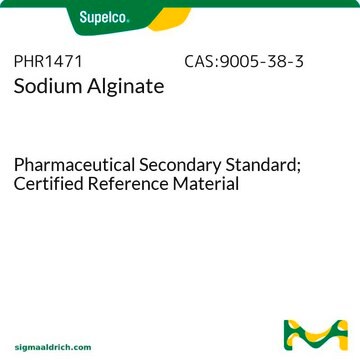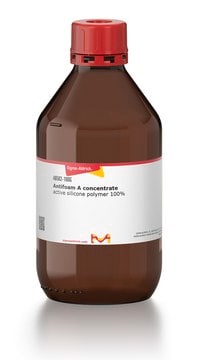A7003
Alginic acid from brown algae
powder
Synonym(s):
Alginic acid from Macrocystis pyrifera (kelp), Mixed polymer of mannuronic and guluronic acid
About This Item
Recommended Products
form
powder
color
white to light yellow
pH range
1.5-3.5
mp
300 °C
solubility
H2O: insoluble, but swells
aqueous base: soluble
application(s)
diagnostic assay manufacturing
hematology
histology
storage temp.
room temp
Looking for similar products? Visit Product Comparison Guide
Related Categories
General description
Application
Other Notes
Storage Class Code
11 - Combustible Solids
WGK
WGK 2
Flash Point(F)
Not applicable
Flash Point(C)
Not applicable
Personal Protective Equipment
Certificates of Analysis (COA)
Search for Certificates of Analysis (COA) by entering the products Lot/Batch Number. Lot and Batch Numbers can be found on a product’s label following the words ‘Lot’ or ‘Batch’.
Already Own This Product?
Find documentation for the products that you have recently purchased in the Document Library.
Customers Also Viewed
Our team of scientists has experience in all areas of research including Life Science, Material Science, Chemical Synthesis, Chromatography, Analytical and many others.
Contact Technical Service







